What is wheat, what family does it belong to - complete description
It is difficult to overestimate the importance of wheat for humans - flour, cereals, pasta and confectionery products, oil, and alcoholic beverages are made from it. The plant is used for feed purposes and used in medicine. It is one of the most widely grown crops and the basis of the population's diet in many countries, and grain is the most important international commodity.
What is wheat
Wheat is a genus of herbaceous plants of the Poaceae family, the leading grain crop in most countries of the world. The genus includes approximately 20 species. Type species – Wheat soft, or summer, has high practical importance along with durum wheat.
The cultivated species is of eastern origin, the most likely region being southeastern Türkiye. It is grown on all continents except the north and south poles. Winter and spring varieties are cultivated.
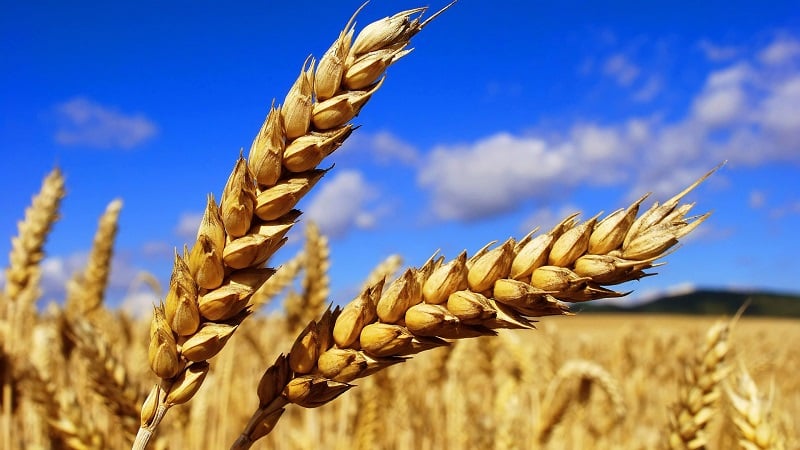
Characteristics of wheat
Almost all plants of this genus are annuals, but in 1937 the first perennials were bred. varieties. They were obtained by hybridization spring soft wheat and creeping wheatgrass.
Annual
Herbaceous monocotyledons with a height of 30 cm to 1.5 m with erect stems. The stem inside can be full (straw) or filled. The leaves are flat, linear, depending on the type and variety - bare or with hairs, width from 3 to 20 mm, simple. Leaf sheaths are split with lanceolate ears. The root system is always fibrous.
Inflorescence – spike, straight, linear, ovoid or oblong, always complex. The length of the spikelet is from 3 to 16 cm. The spikelets are single, on the axis they are located in two longitudinal rows 9-16 mm long, with 2-5 flowers close together. The axis of the spikelet has very short hairs, without articulations between the short lower segments and the long upper one.
The flowers have glumes and bracts. The lower scales are 7-20 mm long, ovoid or oblong, smooth, rough or with hairs, do not have a keel, at the apex they turn into a tooth or spine. The average length is 10-15 mm. The upper scales are shorter than the lower ones, with short ciliated edges. The flower has three stamens with anthers 2-4 mm long. The fruit is a grain 0.5-1 cm in length, thick, oval or oblong, with a deep groove.
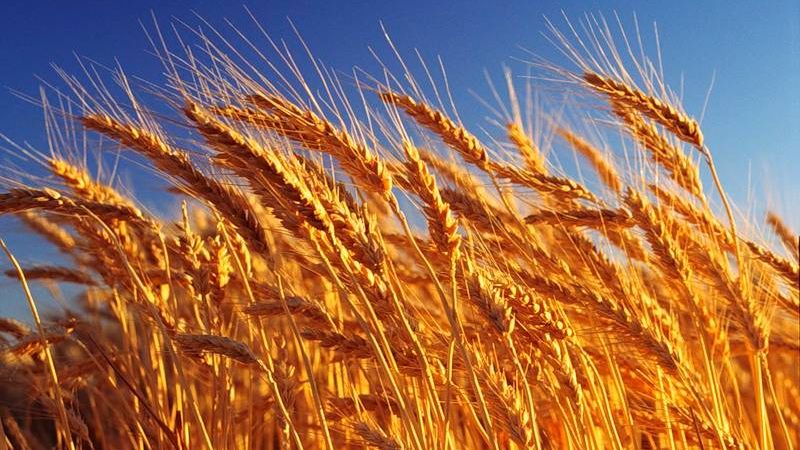
Perennial
A bushy plant with a fibrous root system. The bush is erect, up to 1 m high. The stem is strong, non-lodging, up to 35 stems are formed on one plant. The leaves are wide up to 2 cm, flat, linear, with pronounced pubescence on the upper side.
The ear when ripe is white, spinous. The awns are white, serrated. The average length of a spike is 10 cm. One spike has an average of 6-18 spikelets with 5-7 flowers in each. The spikelet scales are bare.
Perennial forms of wheat behave both like spring and winter crops - when sown, they emerge in the fall of the same year, and when sown in autumn, they become typical winter crops. The growing season is 105 days, in the second year of life – 80-90 days.
Chemical composition and calorie content
The main supply of plant nutrients is found in fruits - grains, for which the plant is cultivated. There are 305 kcal per 100 g of wheat grain.
Contents of the BZHU:
- proteins – 11.8 g;
- fats – 2.2 g;
- carbohydrates – 59.5 g;
- dietary fiber – 10.8 g;
- water – 14 g.
Per 100 g of grain there are the following amounts of micro- and macroelements:
- silicon – 48 mg;
- manganese – 3.76 mg;
- selenium – 29 mcg;
- copper – 470 mcg;
- cobalt – 5.4 mcg;
- molybdenum – 23.6 mcg;
- zinc - 2.79 mg;
- phosphorus – 370 mg;
- iron – 5.4 mg;
- potassium – 337 mg;
- magnesium – 108 mg.
Vitamin content:
- RR – 7.8 mg;
- E – 3 mg;
- B1 – 0.44 mg;
- B2 – 0.15 mg;
- B5 – 0.85 mg;
- B6 – 0.378 mg.
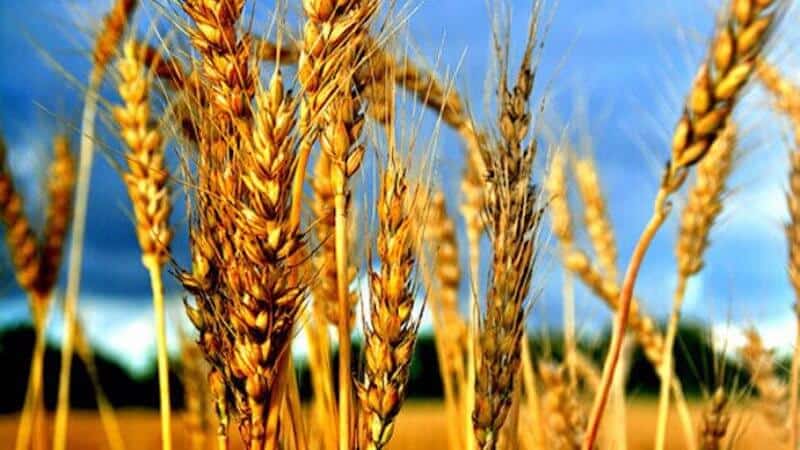
Wheat grain
Caryopsis is the hard fruit of wheat, the grain itself, obtained from the fertilized ovary. This is a simple dry fruit, single-seeded, indehiscent. Consists of a root, cotyledon and bud. The grain shell contains minerals and fiber, the endosperm (the internal contents of the grain) contains proteins and carbohydrates, and the germ contains minerals, vitamins, saturated fats and proteins.
How is wheat pollinated?
For the most part, all varieties of the crop are self-pollinating and do not require the help of insects or wind. Pollination occurs when pollen from the anthers lands on the stigma. Cross-pollination can occur in windy weather, but this often leads to cross-breeding of varieties, which in most cases is undesirable.
Properties of wheat
Wheat food is rich in carbohydrates, as a result of which it saturates and provides the body with energy for a long time. It improves the functioning of the gastrointestinal tract, softening the effect of hydrochloric acid and enveloping the walls of the stomach, normalizing metabolism. Dietary fiber has a massage effect on the intestinal walls. Pectin in wheat grains has absorbent properties, removing harmful and ballast substances from the body.
How is wheat used by humans?
Wheat is widely used as a food, feed and industrial crop. In livestock farming, not only grain is used, but also green mass, straw and haylage obtained from plant stems.
The culture is widely used for medical purposes. Starch is obtained from grains, which is used in powders, ointments, and starch bandages. Immunomodulators are obtained from wheat germ.
Reference. The germ extract has anti-burn properties and accelerates the healing of wound surfaces. In cosmetology, their oil is used as an anti-aging agent.
Ears of corn are used in floristry to create bouquets and compositions. The stems are used to weave toys and decorations.
The main direction of wheat is food. Wheat is obtained from grains flour, widely used in cooking and confectionery. The outer shell of the grain is processed to produce bran. Semolina, bulgur, and couscous are also produced from grain. In the liquor industry, wheat is the basis for alcohol, some types of vodka, beer and whiskey.
Reference. When making pasta, durum flour is more often used; bread and confectionery products are baked from soft flour. In durum wheat, the starch particles are harder and smaller, and it contains more gluten. But in soft wheat, the particles are looser and larger; baked goods made from it are fluffy and quickly become stale.
In industry, the adhesive properties of the crop are used in the production of drywall and plywood.
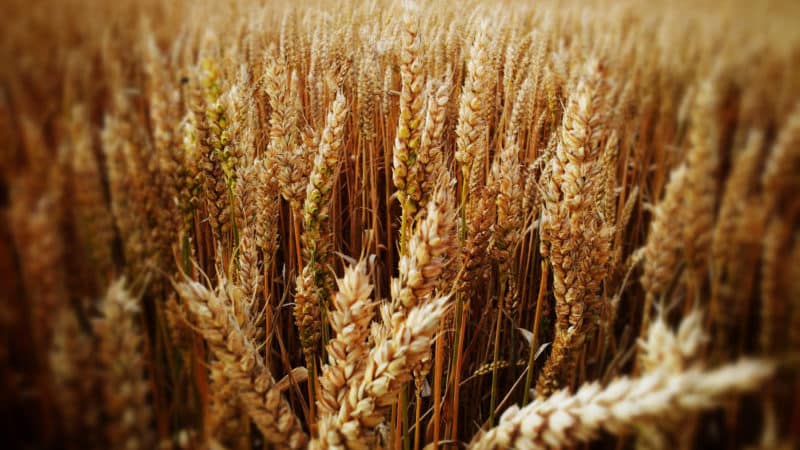
Interesting facts about wheat
The centuries-old history of this cereal crop is rich in various legends and facts:
- Wheat is one of the first plants cultivated by humans.
- Sprouted wheat grains are popular and consumed by supporters of a healthy lifestyle.
- In ancient religions, wheat was considered a symbol of wealth.
- Vincent Van Gon often depicted wheat fields in his paintings.
- In Christianity, the Promised Land is the land of wheat.
- “The hot place” was what drinking establishments used to be called, since alcoholic drinks were made from wheat.
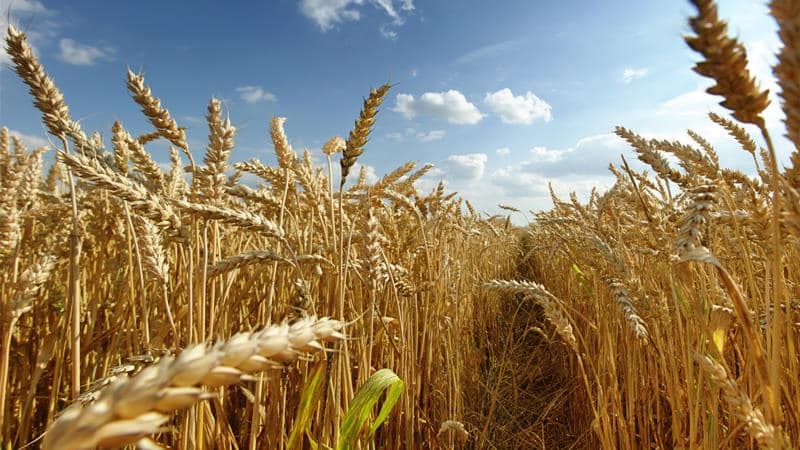
Conclusion
Wheat is an important agricultural crop that has more than just culinary value. Its derivatives are used in a wide variety of fields - livestock farming, medicine, pharmaceuticals, industry. Hundreds of wheat varieties and hybrids are cultivated around the world for various needs. Every year, breeders develop new crops with unique characteristics productivity and resistance to adverse factors.